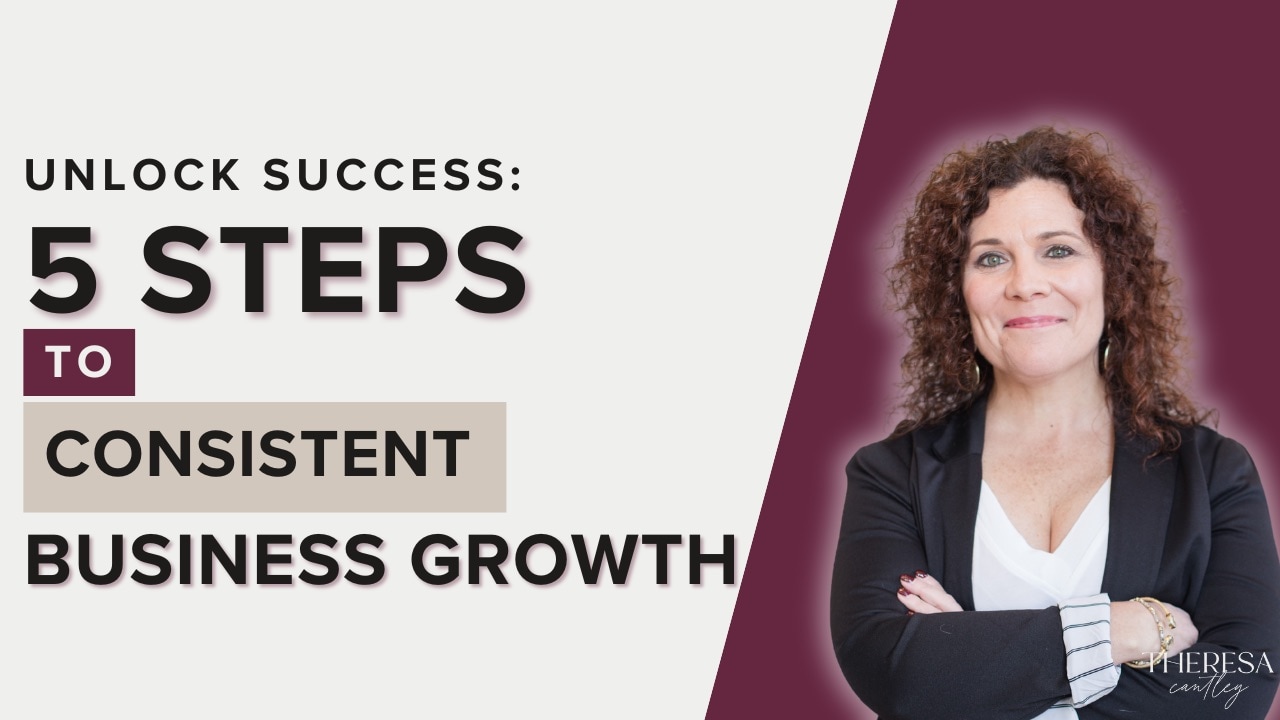In business, just like in football, success requires consistency, strategy, and a clear target. Imagine a kicker lining up for a field goal, only to have the goalposts shift mid-kick. Chaos, right? Yet, many business owners do this exact thing – constantly changing goals, shifting initiatives, and abandoning projects before they have a chance to succeed.
We Desire Certainty
One of the biggest reasons leaders move the goalposts is the desire for certainty. Industries are in constant flux – whether it’s the economy, government regulations, or emerging technology – so leaders instinctively seek control. If an initiative isn’t producing immediate results, the temptation is to pivot to something new, hoping it will offer stability. But here’s the truth: certainty is an illusion. The only constant is change.
The Cost of Chasing the Next Best Thing
Constantly shifting goals comes with consequences:
Team Morale Declines: When employees put effort into a project only to have it scrapped or changed without discussion, they feel like their work doesn’t matter.
Wasted Resources: Businesses invest in software, tools, and initiatives that never fully get utilized because they’re abandoned too soon.
Confusion and Dysfunction: Without clear direction, teams struggle to stay focused, leading to inefficiency and frustration.
I’ve seen this all too often. A client of mine launched a new revenue stream out of fear of falling behind in their industry. But they weren’t fully prepared. Instead of refining and executing the plan, leadership kept changing direction – leading to a maze of confusion for the team. Eventually, morale suffered, productivity dropped, and they had to backtrack to rebuild what was lost.
5 Ways to Set Clear Goals (and Stick to Them)
The remedy to this? Set clear goals and stick to them. Here’s a five-part framework to help you do just that.
1. Clarity: Define Your Initiatives with Purpose
The foundation of any successful business strategy is clarity. Before you set goals, get crystal clear on:
- The results you’ve achieved so far
- The facts and data guiding your next steps
- Who your customer is and what they need
- Where you need to course-correct
Clarity empowers you to make informed decisions rather than guessing. Instead of choosing random goals, define up to five key initiatives per year – three is a great starting point. Ensure you cover different areas of your business, like operations, creativity, development, and people. When you’re clear on what you’re doing and why, you create a strong foundation that keeps your team aligned and motivated.
2. Consistency: Establish Reliable Routines
Once you have clarity on your initiatives, the next step is consistency. That means:
- Regularly measuring progress
- Setting a cadence for meetings and check-ins
- Maintaining daily actions that align with your goals
When you’re consistent in how you assess progress and engage with your team, you eliminate guesswork. Everyone knows what’s expected, and there’s no room for randomness to take over. With clear priorities and structured check-ins, your business can operate smoothly without constant course corrections.
3. Connection: Communicate and Co-Create with Your Team
Success isn’t a solo journey. You need strong connections with your team to ensure everyone is moving in the right direction. Regular conversations help you:
- Identify roadblocks and frustrations early
- Troubleshoot and problem-solve together
- Ensure everyone understands and supports the company’s vision
Without connection, you risk misalignment. Sometimes, initiatives stall not because they’re the wrong goals, but because people are overwhelmed or confused. By fostering open communication, you can address these issues proactively, leading to better teamwork and outcomes.
4. Control: Avoid Shiny Object Syndrome
It’s tempting to chase every new trend, tool, or strategy, but that can derail your progress. Exercising control means staying focused on what truly matters. Before adopting new software or processes, ask:
- Does this align with our current goals?
- Do we truly need this, or are we just looking for a quick fix?
- Is this simplifying our operations or adding unnecessary complexity?
Too many businesses waste time and money on tools they don’t use or strategies they don’t implement properly. Staying disciplined prevents distractions and keeps your team aligned with your core initiatives.
5. Curiosity: Embrace the Unknown and Stay Open-Minded
While consistency and control are crucial, so is curiosity. The business world is unpredictable, and change is constant. Instead of fearing the unknown, embrace it by:
- Staying open to new ideas and opportunities
- Being willing to adjust your approach when needed
- Learning from setbacks rather than seeing them as failures
You don’t need certainty in every outcome. What you can control is your effort and adaptability. When you maintain curiosity, you create space for innovation and unexpected opportunities to emerge.
Keep the Goalpost Firmly in Place
By following these five principles – clarity, consistency, connection, control, and curiosity – you create a stable framework that guides your business forward. Your team will have a clear direction, and you’ll avoid the frustration of constantly shifting your goals. Whether you’re running a six-figure startup or a nine-figure enterprise, these principles will help you stay focused, aligned, and open to new possibilities.
Resources Mentioned
☕️ Schedule a Virtual Coffee with Theresa
📝 Uncover Your Biggest Blindspots with the Entrepreneur Quiz
Related Episodes
What Is It Like to Be on the Other Side of You?
The Truth About Leading Yourself: What Bad Leadership Looks Like (and 4 Ways to Fix It)
How to Create a Positive Culture in a Divided Workplace


